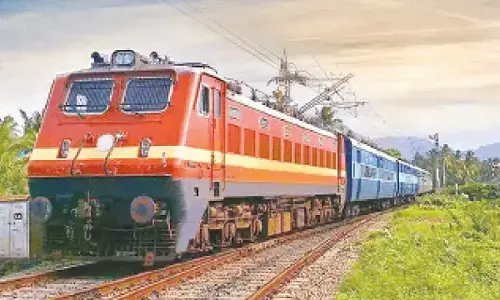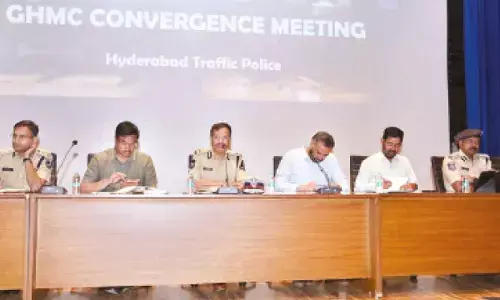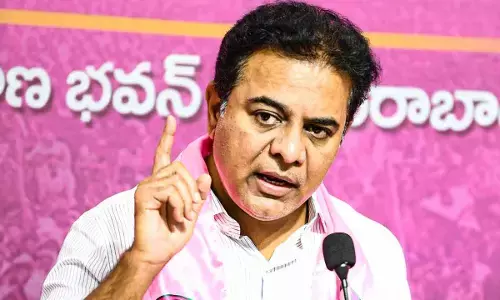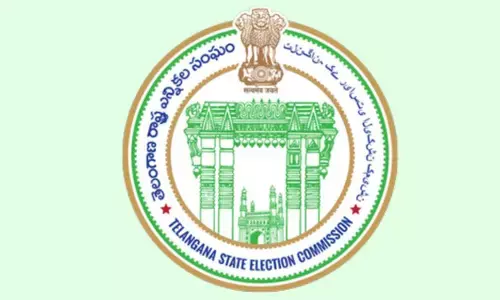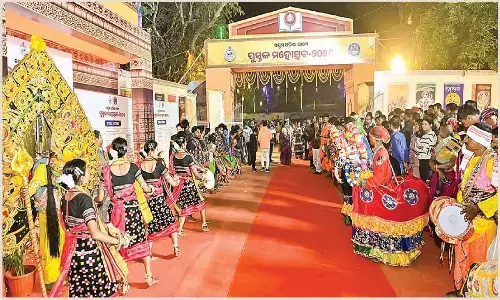IIT-Madras researchers propose drought, flood mitigation project for village in Tamil Nadu
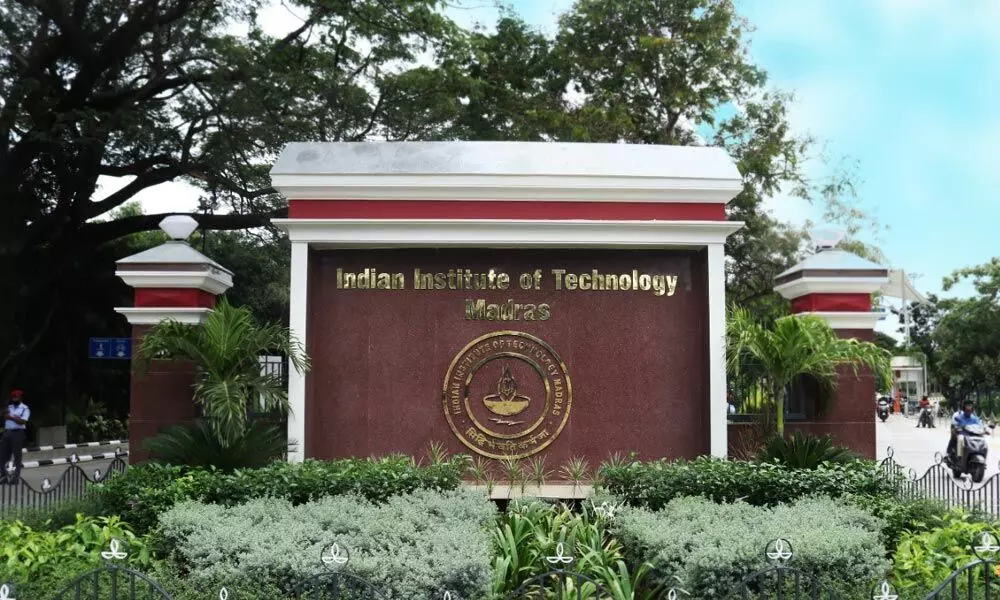
Indian Institute of Technology (IIT), Madras
Researchers belonging to the Indian Institute of Technology (IIT), Madras, have submitted a proposal to the government for implementing groundwater recharge technology for flood and drought mitigation near Ayankulam village in Thisayanvilai taluk of Tirunelveli district in Tamil Nadu
Chennai: Researchers belonging to the Indian Institute of Technology (IIT), Madras, have submitted a proposal to the government for implementing groundwater recharge technology for flood and drought mitigation near Ayankulam village in Thisayanvilai taluk of Tirunelveli district in Tamil Nadu, the institute said on Friday.
Led by Dr Venkatraman Srinivasan, assistant professor, Department of Civil Engineering in the IIT, a team visited the site in December last to investigate into an open agricultural well near the village that the locals claimed got recharged with an estimated 1,500-2,500 litres of water every second for several weeks without overflowing.
The recharged water was from the excess overflow of an adjacent minor irrigation tank due to the record monsoon rains in November-December 2021.
The team explored also the potential of this well and other wells in the region for use as rapid aquifer recharge during floods for storage and withdrawal during the dry summer months.
It suggested implementing a rapid recharge technology, which, when developed, can bring several benefits, including mitigate floods and droughts, and create a subsurface dam for water storage without evaporation loss, distribute water automatically and equitably throughout the region, filter and clean water when managed appropriately and prevent and reverse saltwater intrusion in coastal aquifers.
The proposal for the project was submitted to the Tirunelveli district administration, which had requested the IIT to study this phenomenon, a press release said. The well became a local attraction and was called a miracle well since typical wells would fill and overflow at such recharge rates. Locals have been practising this method of well recharge during intense monsoon for several decades, the release said.
The team said the villagers claimed this practice to have increased the local water table in a 10-15 km radius from the well.
"The region surrounding this village is considered a dry belt with hot summers. Many small land-holding farmers have abandoned farming and work as labourers in larger farms or other labour-based occupations," the release said. Being close to the coastal zone, several agricultural and domestic wells in the region suffer from salt water intrusion due to excessive pumping and lowering of groundwater levels. Even extending the agricultural water availability by a few months each year can positively impact the livelihood of the farmers, the release said.
"This is a win-win situation for stakeholders. The excess water which causes devastating floods and will otherwise empty into the ocean is being channelled to recharge the groundwater for storage and retrieval in the dry summer months," Venkatraman Srinivasan said.
The unique hydro-geology of the region allows the implementation of this rapid aquifer recharge. In most other places, wells do not sustain such high injection rates and would easily overflow, he said.
The rapid groundwater recharge technology proposed for this study area is different from conventional rainwater harvesting or well recharge. For example, in Chennai, groundwater recharge is practised in every household by collecting rooftop rainwater. This comprises 1000s of recharge structures and each can recharge about 1,50,000-2,00,000 litres of rainwater over a good monsoon season.
In contrast, the proposed recharge technology at Ayankulam village would consist of a few dozen wells with each capable of recharging 1,50,000 to 2,00,000 litres of water every minute during floods.
As floodwater from rivers carries sediments that can clog the well in the long-term, the team suggested installing sediment traps to remove suspended sediments before recharging the wells. Additionally, water quality parameters need to be monitored to ensure safety of recharge, the team said.
It said it performed an on-field site survey of the injection well and 20 additional wells in a one-km radius. The wells were geo-tagged using GPS equipment. Water-level measurements taken from these wells were combined with digital elevation map data to obtain groundwater hydraulic gradients. These are used to predict the direction and flow of groundwater in the region. Water samples were also collected from 13 wells for fingerprinting analysis of water quality parameters.
A preliminary assessment by the IIT indicated that sub-surface geology of the region was likely a fractured/karst aquifer which has hydraulic conductivities that are orders of magnitude larger than conventional aquifers. This unique hydro-geology of Thisayavilai taluk and surrounding areas enables rapid recharge during floods. The recharged water would be stored below ground and retrieved during dryer months.









